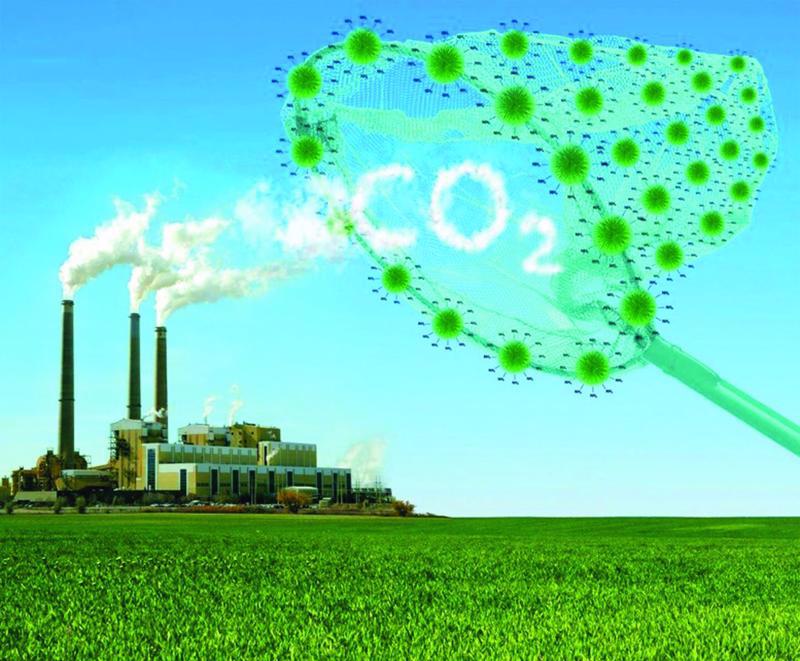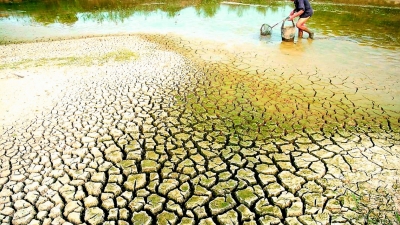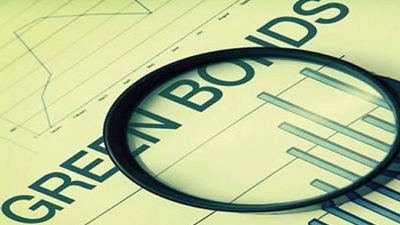The Carbon Border Adjustment Mechanism (CBAM), introduced by the EU, aims to address greenhouse gas emissions associated with certain goods imported into the bloc. The transitional period began on October 1, 2023, and will initially cover six categories of imports: cement, electricity, fertilizers, iron and steel, aluminum, and hydrogen. The full scope of the CBAM regulations will enter into force on January 1, 2026, when a carbon tax will be applied to regulated goods based on the level of greenhouse gas emissions involved in their production.
Experts suggest that the CBAM will significantly accelerate climate change mitigation efforts, promote green development, and encourage companies in high carbon-emitting sectors to innovate their production processes and improve product quality to meet green and sustainable standards.
However, its introduction presents considerable challenges for Vietnam. The Ministry of Industry and Trade (MoIT) has said that, as a new global issue, Vietnam is unable to study similar existing models to develop and refine a legal framework. Additionally, once fully operational, the CBAM will impose significant cost pressures on production and business operations for companies within the export supply chain to the EU.
Low awareness
Experts estimate that carbon permit costs account for approximately 5-10 per cent of the total production cost of steel and the rate is even higher for cement production. Furthermore, awareness about the CBAM among Vietnamese businesses and manufacturers remains limited. A 2023 survey revealed that while over 60 per cent of businesses had heard of it, most were either unfamiliar with the details or only had a basic understanding. Some 36 per cent of respondents, meanwhile, did not believe it would impact their operations, and only 4 per cent had plans to prepare.
One concerning issue is that, although information on the CBAM is becoming more widely available, it is fragmented, unsystematic, and at times incoherent. While many domestic and international companies and organizations are conducting CBAM awareness activities, including business training, these efforts are often spontaneous and unverified in terms of information quality. This has led to some businesses misunderstanding or improperly applying the CBAM in their production and business activities.
Discussing its impact, Ms. Nguyen Hong Loan, an expert from the CBAM Technical Support Project on Impact Assessment, said that although full implementation is just over a year away, there has not yet been a comprehensive impact assessment or unified, official guidance for businesses in Vietnam. Additionally, awareness about the CBAM among local businesses remains low. While a few companies in directly-impacted industries have seriously researched and prepared for it, most others lack a full or accurate understanding, leading to ineffective responses and preparations.
Mr. Hoang Van Tam from the Energy Efficiency and Sustainable Development Department at MoIT, noted that businesses face challenges in systematically and scientifically inventorying and monitoring their greenhouse gas emissions for the first time. While many companies, particularly foreign enterprises, began adapting to greenhouse gas inventory regulations early on, domestic enterprises or those not subject to these rules have not yet paid sufficient attention, resulting in inadequate investment.
Mr. Ngo Chung Khanh, Deputy Director General of the Multilateral Trade Policy Department at MoIT, said the CBAM is expected to expand in scope to include more products under the European Union Emissions Trading System (EU ETS). Therefore, the CBAM will not remain limited to six items but could extend to eight, ten, or more, potentially covering industries with high export value. As a result, industries that are not yet regulated by CBAM should not be complacent.
Additionally, the number of countries implementing the CBAM is not limited to the EU. The UK has already adopted it, and other developed countries such as the US, Australia, and Canada are exploring similar mechanisms. The CBAM is becoming part of a broader trend, with other countries likely to follow suit, potentially introducing their own versions of this or similar mechanisms. The core principle remains the same: taxing or imposing costs on importers of products that generate significant carbon emissions.
Policy support needed
As one of the six industries to be significantly impacted by the CBAM, Vietnam’s steel sector is eager to transition and adapt or implement green changes. However, according to Mr. Dinh Quoc Thai, Secretary General of the Vietnam Steel Association (VSA), it is crucial that government agencies, especially MoIT, promptly present a completed draft of the “Vietnam Steel Industry Development Strategy to 2030, With a Vision to 2050”, which aligns with strategies for green and sustainable growth. He also stressed the importance of establishing specific mechanisms to facilitate the green transformation and sustainable production of Vietnam’s steel industry.
“The government needs to provide initial support, including consultancy and guidance, to help businesses access funds from green credit sources and adopt technologies that are suitable for Vietnam’s conditions and individual enterprises,” Mr. Thai proposed. He further suggested strengthening collaboration between industries and government agencies to build a steel production and business supply chain capable of sourcing green materials and energy.
Raising awareness and understanding of the CBAM is critical, Ms. Loan emphasized. She also highlighted the need for official communication channels and formal guidance on specific regulations for businesses. From October 1, 2023 to the end of 2025, companies will be required to meet emissions reporting obligations, with financial responsibilities coming into effect from 2026 onwards. These obligations will increase gradually between 2026 and 2034, meaning that businesses must closely follow this timeline.
“From now until the end of 2025, export businesses need to develop a roadmap to reduce greenhouse gas emissions for their products, calculate their product emissions intensity, and prioritize short, medium, and long-term action,” she warned. “If they don’t, they won’t be able to export goods to Europe.”
At first glance, businesses may simply perceive the CBAM as a cost burden, but Ms. Loan pointed out that adopting its requirements can also drive reductions in material and energy consumption, offering dual benefits such as conserving resources, reducing greenhouse gas emissions, saving energy, and in some cases, even lowering costs. This, in turn, will enhance the competitiveness of enterprises both in the domestic market and in their exports. “There isn’t a one-size-fits-all roadmap for every business,” she explained. “Each company must develop a tailored approach based on its current technology, emissions profile, business strategy, financial situation, and available resources, to identify the most effective way to comply with the CBAM.”
Mr. Khanh added that there should be a Vietnamese-language CBAM portal, similar to the English-language EU CBAM portal. “We strongly support the creation of such a portal,” he said. “This is vital, because if we have a comprehensive information platform detailing every aspect of the CBAM in Vietnamese, businesses will have an official channel to follow and implement effectively.” He added that MoIT will work with other ministries and agencies to develop support measures, including collaborating with the State Bank of Vietnam to identify green credit solutions.
Furthermore, it will continue discussions with the EU to clarify the CBAM and develop appropriate strategies to help Vietnamese businesses maximize opportunities and effectively navigate the mechanism in the future.









 Google translate
Google translate